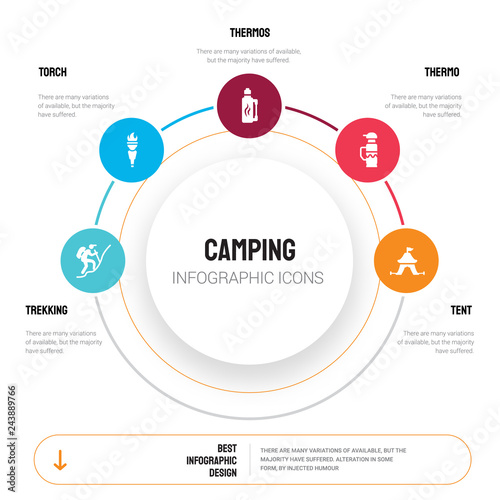Lots of backpackers select interior frame loads for their smooth and form-fitting style. Their shape helps maintain the weight more detailed to your body, boosting stability on harsh tracks or off-trail rushing.
They likewise do not reveal as much of the pack to the environment-- a plus if you plan on bushwhacking and need to prevent sharp branches that can grab equipment.
Weight Distribution
While interior structure packs are more prominent than outside structure backpacks for many hikers, exterior structures remain a staple for long expeditions and heavy lots. They are made to disperse the weight of your gear across your shoulders, back, and hips for maximum comfort.
They have large voids between the pack bag and the frame for ventilation which enables air to stream over your back while treking. They benefit heat walks and for walkers that intend to decrease sweating versus their backs.
On the drawback, externals often tend to sit farther away from your upper body so you'll have to lean onward more while treking, which can be hard on your spinal column and knees over extended journeys. The exposed structure likewise means that your knapsack could get caught on rocks, origins, or other challenges as you scramble along tracks or duck under strike downs on coastal headlands. They likewise tend to be extra costly than inner framework packs.
Air flow
External framework backpacks rest farther away from your torso, which boosts airflow and minimizes sweat variable on your back. Internal frames, however, hug your body, which can result in poor ventilation and a boosted risk of warm stroke on hot days.
It's additionally crucial to take into consideration whether your design standards is based on un-adapted individuals (very first going into the area), or adjusted ones (people who have been in the space for a long time). The air flow fashion accessory prices may be various in between these 2 circumstances.
Additionally, exterior frame packs transfer load to your hips, which enables you to adopt an upright strolling stance and are excellent for route walking. They are not, however, good for scrambling as a result of their top-heavy designs.
Adjustability
While it may seem as though inner frame packs have actually won the day in regards to pack choice and innovation, externals do supply some benefits. A big draw is the capability to strap equipment straight to the pack frame, offering adaptability for varying the size of the load and boosting accessibility. Numerous external structure packs likewise feature a wide variety of smaller external pockets to assist organize gear, with access to the main area usually coming through the top of the packbag.
This enables the customer to far better regulate their lots weight, minimizing tension on the shoulders and neck. They also enable the user to keep the pack closer to the body, which boosts security on tough routes and when clambering off trail.
Convenience
For those that have a narrower torso or hip size, the exterior framework layout might feel extra tight than internal versions. This close fit lowers the quantity of area for gear and can make it hard to secure products securely without influencing access to the bag materials.
Fortunately, this tighter fit is less of a concern in modern inner frame loads thanks to the many adjustable shock absorber available. Plus, the space between the structure and packbag enables air to circulate, reducing sweating.
This additionally makes the inner framework ideal for technological walkings that require security and agility when navigating sturdy tracks and off-trail scrambling. While the option of outside framework backpacks has actually been reducing over the years, they are still the best option for many exterior lovers as a result of their durability and ability. Nevertheless, for those who desire one of the most comfy hiking experience we recommend selecting an interior frame design that is sized appropriately to your upper body and hips.
